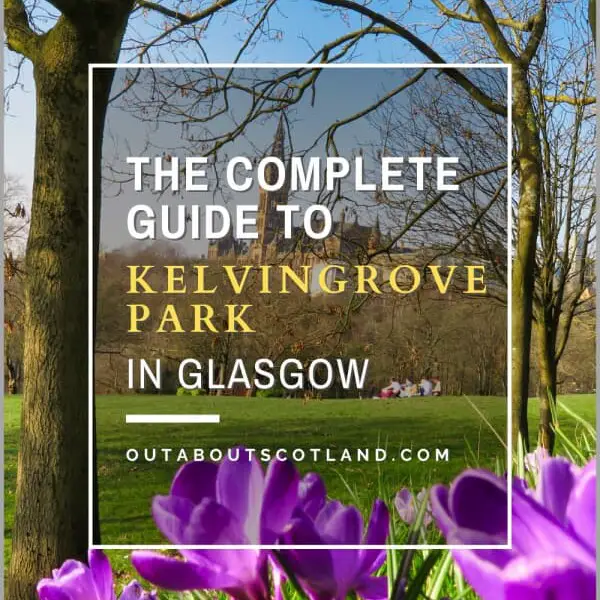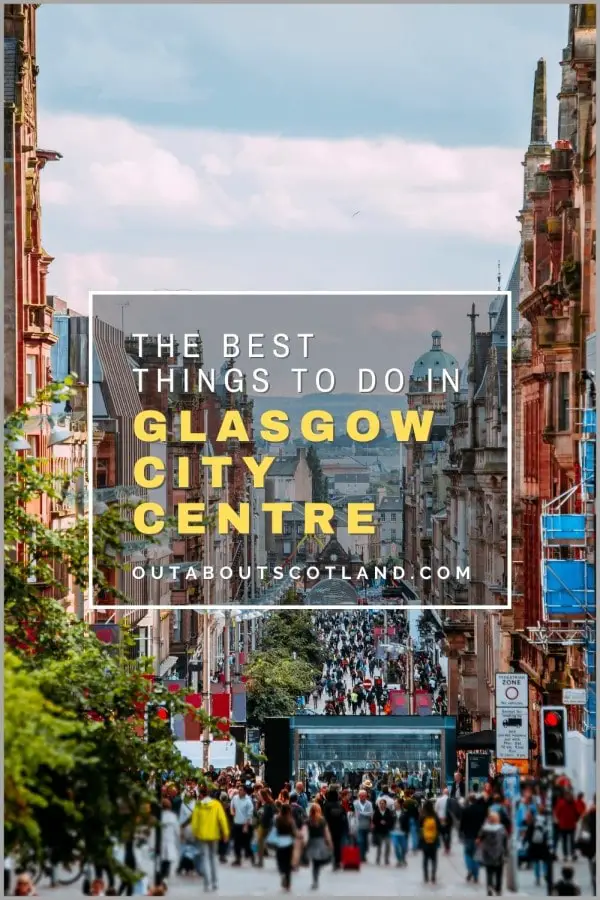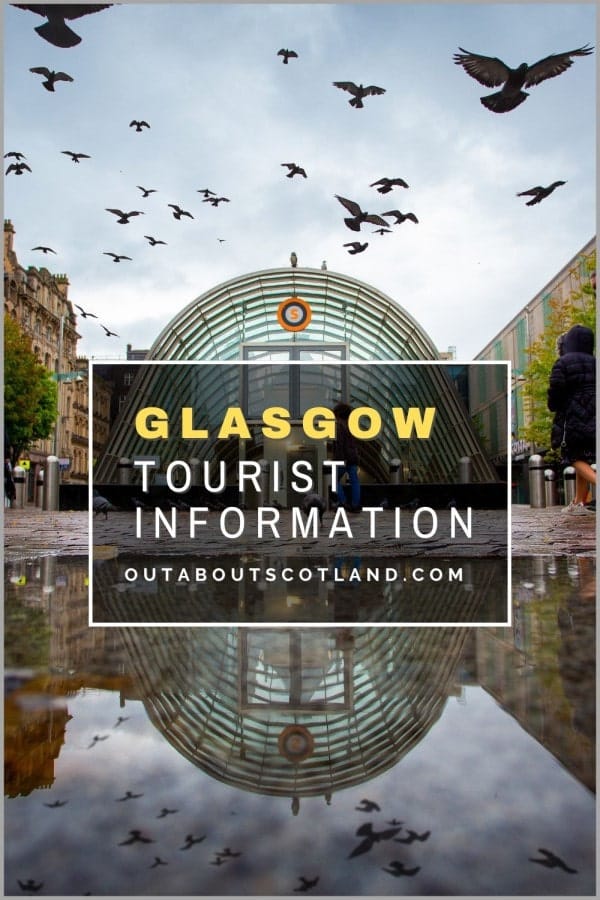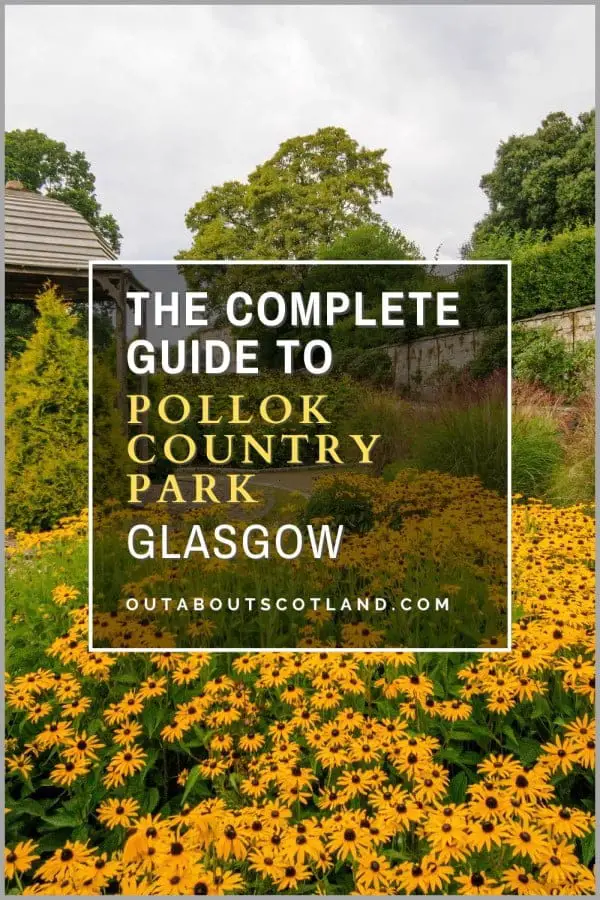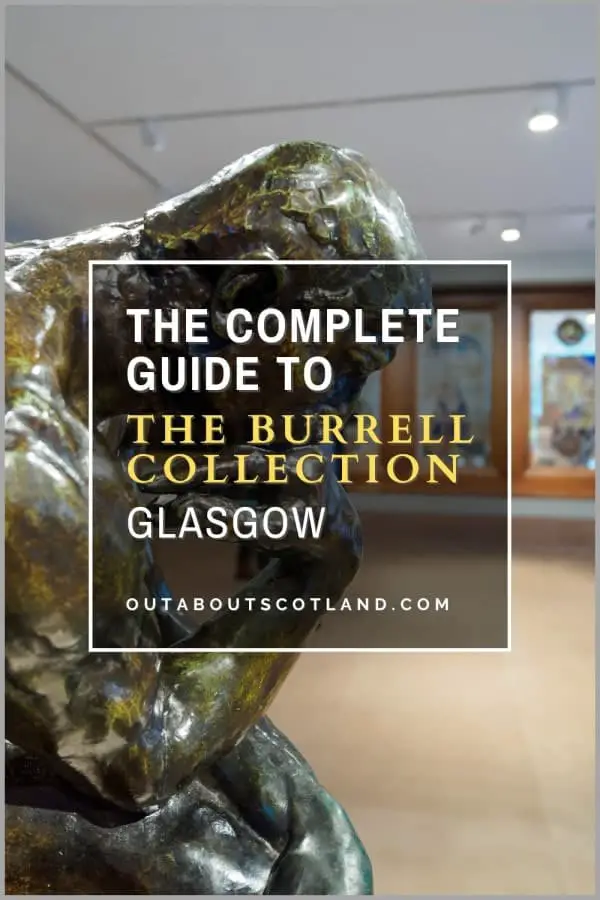Kelvingrove Park is located in the West End of Glasgow. The public park features the Kelvingrove Museum, the River Kelvin, and the Stewart Fountain. Visitors can enjoy 85 acres of parkland that’s home to an array of flowerbeds, wide expanses of lawn, historic monuments, children’s play parks, ponds, and sports venues.
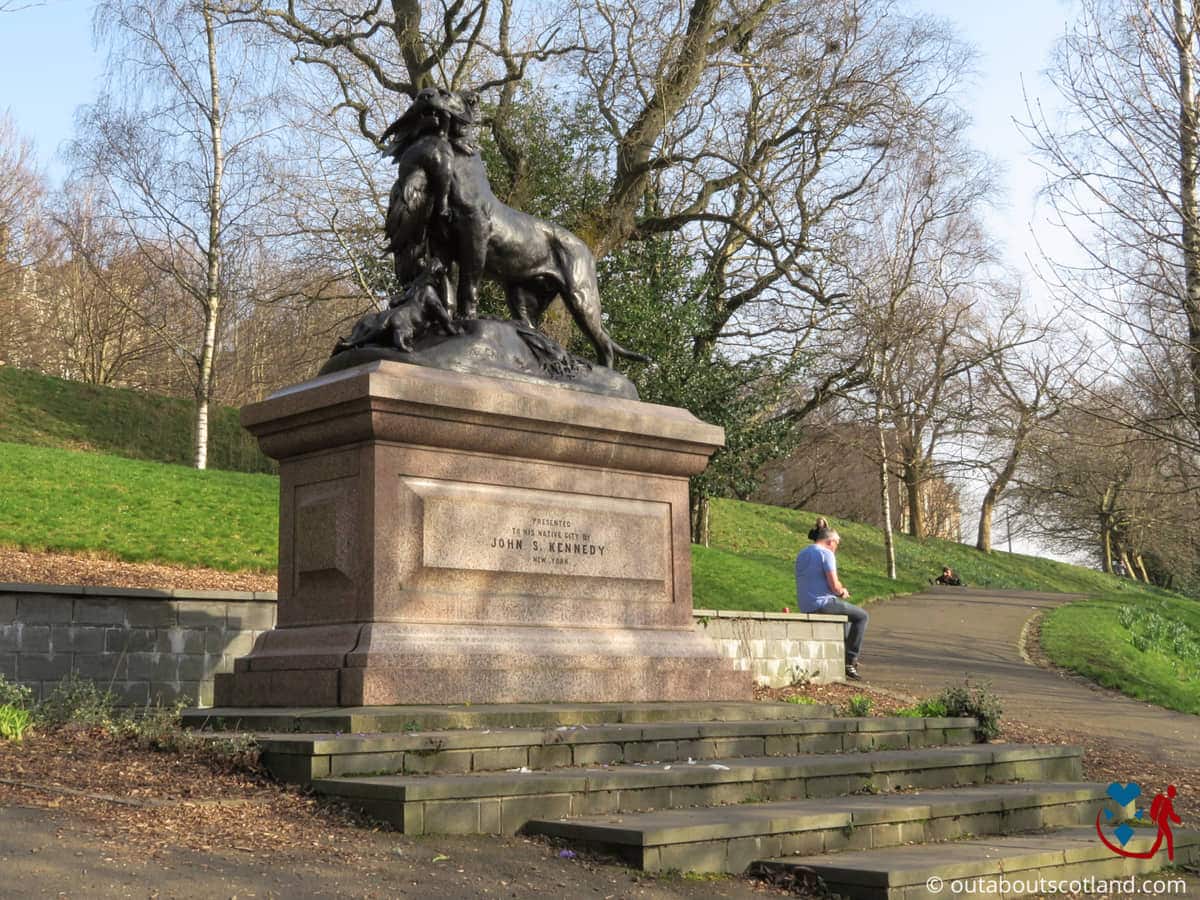
| Address: | Kelvingrove Park, Kelvin Way, Glasgow, G3 6BY |
| Opening Hours: | 24/7 |
| Admission Price: | Free |
| Parking: | No on-site car park. Kelvingrove SPT car park nearby. |
| Contact: | 0141 334 6363 |
| Facilities: | Toilets, play areas, sports pitches, cafes, skateboard park, disabled access |
| Photos: | YouTube Video |
Overview
The 85-acre Kelvingrove Park was created in 1852 as a west-end green space for the city’s middle class, and it’s known for its large collection of monuments as well as its sports facilities, children’s play park, riverside paths, and, of course, the Kelvingrove Museum.
Glasgow City Council has done a great job of making this park accessible for all ages and abilities, and you’ll find a spider web of wide, well-maintained paths running through the site, the highlight of which is the area around the River Kelvin. This waterway runs through the heart of Kelvingrove Park on its way to join the River Clyde, and the banks of the river are home to geese, kingfishers, herons, red foxes, brown rats, and even otters.
A highly recommended walk follows the meandering Kelvin Walkway that forms a green link from the bustling city centre to the Milngavie countryside along a 10-mile route. The riverside path starts near the museum on the southwest edge of the park and heads north, but I recommend you divert midway to explore the monuments in the park first.
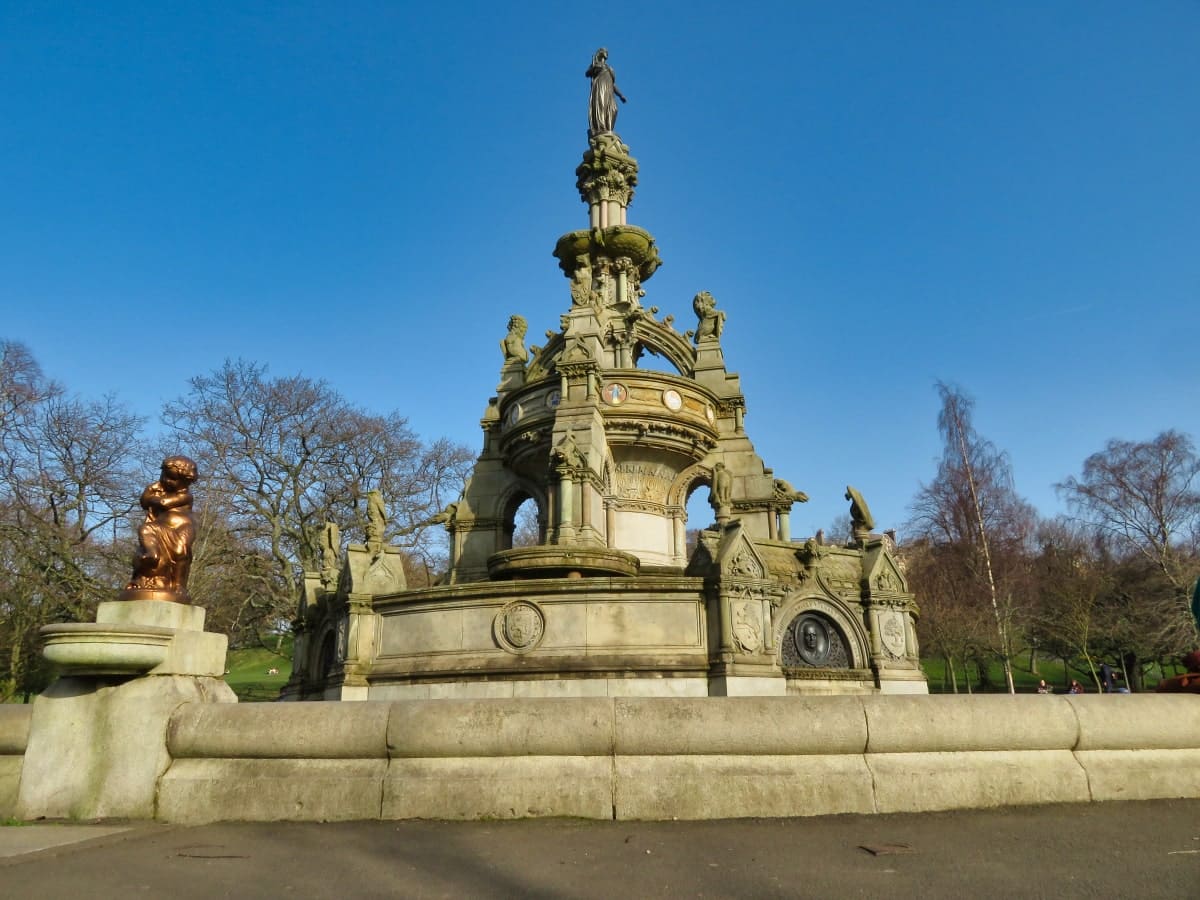
The Highlights
1: Located on the edge of Kelvingrove Park, Kelvingrove Art Gallery and Museum is one of Scotland’s most popular free-to-enter attractions. The museum houses a diverse collection of exhibits ranging from natural history and arms and armour to a vast array of European artwork, including the famous Christ of Saint John of the Cross by Salvador Dalí.
2: Kelvingrove Park offers a scenic landscape with the River Kelvin running through it, providing a tranquil environment for walks, picnics, and relaxation. The park has extensive grassy areas, beautiful flowerbeds, and majestic trees, making it the perfect location to escape from the noise of the city centre.
3: The park is dotted with various statues and memorials, including the impressive Stewart Memorial Fountain which is dedicated to Lord Provost Robert Stewart, and the prominent statue of Lord Kelvin after whom the park and the nearby river are named.
Visiting Tips
1: Before you go, it’s worth checking if there are any events or activities scheduled in the park. Kelvingrove Park frequently hosts concerts, festivals, and open-air theatre performances, particularly in the summer. Planning your visit around these events is good to know if you prefer to visit when the park is quieter.
2: Allocate enough time to visit the Kelvingrove Art Gallery and Museum, which is located next to the park. Entry is free, and the museum offers a wealth of exhibits that will appeal to a wide range of interests. It’s a large museum, so give yourself a couple of hours to explore it thoroughly. The museum also has a café where you can grab a bite to eat or a coffee.
3: If you’re taking the subway, stop at the Kelvinhall SPT Subway Station which is a 10-minute walk to the park. Comfortable walking shoes are a must, as the park’s landscape is varied and you’ll likely do a fair bit of walking once you’re there.
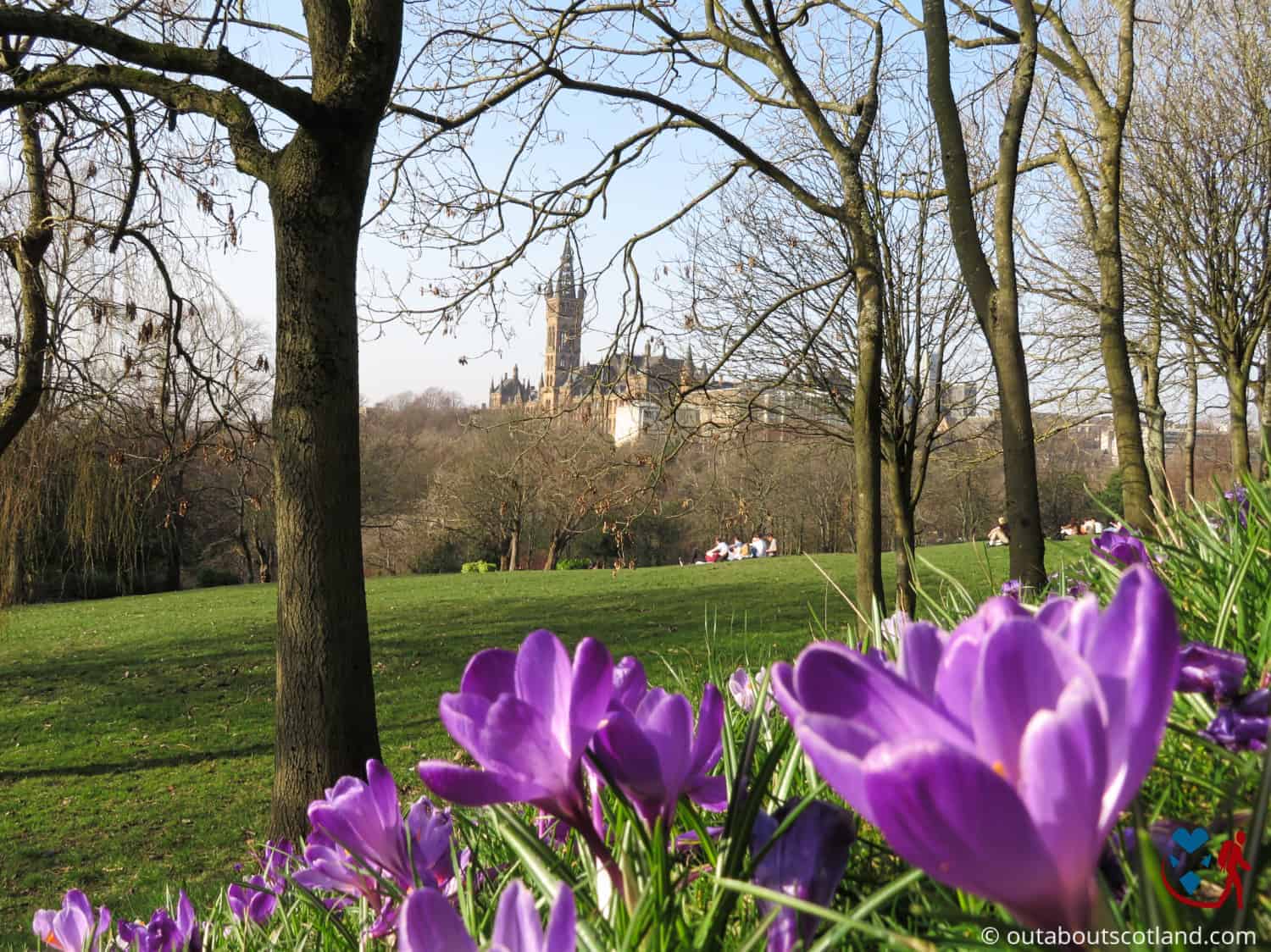
Tourist Information
Aside from the museum, you’ll find lots of activities at Kelvingrove Park if you take the time to fully explore it. Walking north along Kelvin Way you’ll see the Kelvingrove Lawn Bowls and Tennis Centre which has six tennis courts as well as bowling greens that were a venue for the 2014 Commonwealth Games, while the Kelvingrove skate park is situated between the River Kelvin and the Stewart Memorial Fountain.
The fountain is the largest monument in the park and was built in 1872 to commemorate the achievement of supplying Glasgow with fresh water from Loch Katrine over 40 miles away.
Other monuments include the Lord Frederick Roberts Memorial which offers a lovely elevated view of the cityscape, and the £2 million 2014 renovated bandstand that has played host to thousands of events since being built in 1924. If an event is scheduled to be held in Kelvingrove Park, you can more or less guarantee it’ll be staged at the bandstand, and throughout the year you’ll find a mixture of music, festivals, and charity shows performed there.
If you’re a family visiting the park with an energetic toddler you can let them burn off some energy at one of the three children’s play areas (the one next to the skate park is excellent) before heading for a relaxing drink in one of the cafés on the grounds.
I recommend you check out An Clachan, which is a family-friendly venue near the park’s eastern entrance at the junction of Clifton Street and La Belle Place. There’s a play park close to it and the café has outdoor seating, so it’s perfect for letting the kids go wild while keeping an eye on them from behind a frothy cappuccino.
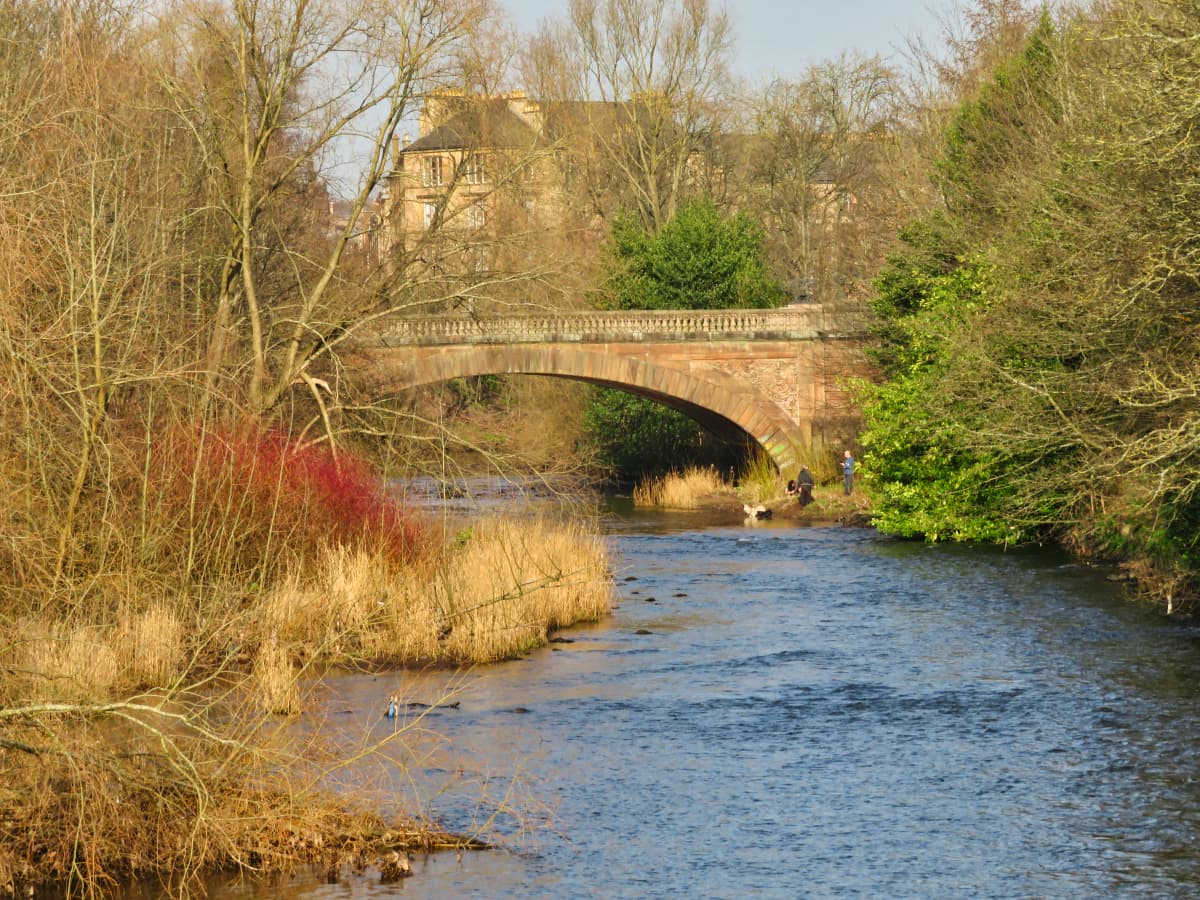
Things to Do
Explore Kelvingrove Art Gallery and Museum: With over 8,000 objects on display, Kelvingrove Art Gallery and Museum is a treasure trove of art, culture, and history. Marvel at Salvador Dali’s ‘Christ of Saint John of the Cross’, explore the natural history section, and delve into Scotland’s artwork courtesy of Charles Rennie Mackintosh and The Glasgow Boys.
Relax by the River Kelvin: The River Kelvin runs through the park, offering a relaxing setting for a peaceful walk or a picnic. The soothing sound of the river and the occasional sight of local wildlife make a visit to Kelvingrove a must-do for anyone needing a break from the hubbub of the city centre.
Stroll through the Victorian Gardens: Immerse yourself in the beauty of the Victorian gardens, which are meticulously maintained and feature a variety of native and exotic plants. The vibrant display of colours, especially during spring and summer, makes Kelvingrove one of the most scenic city parks in Scotland.
Attend Outdoor Concerts and Events: Kelvingrove Park frequently hosts various outdoor concerts, festivals, and events, especially during the summer months. These events present a wonderful opportunity for visitors to engage in local culture.
Kelvingrove Lawn Bowls and Tennis Centre: For sports enthusiasts, the park offers top-notch lawn bowls and tennis facilities. Whether you’re an expert or a beginner, you’ll enjoy a game in this picturesque setting. Coaching is also available for those willing to learn or improve their skills.
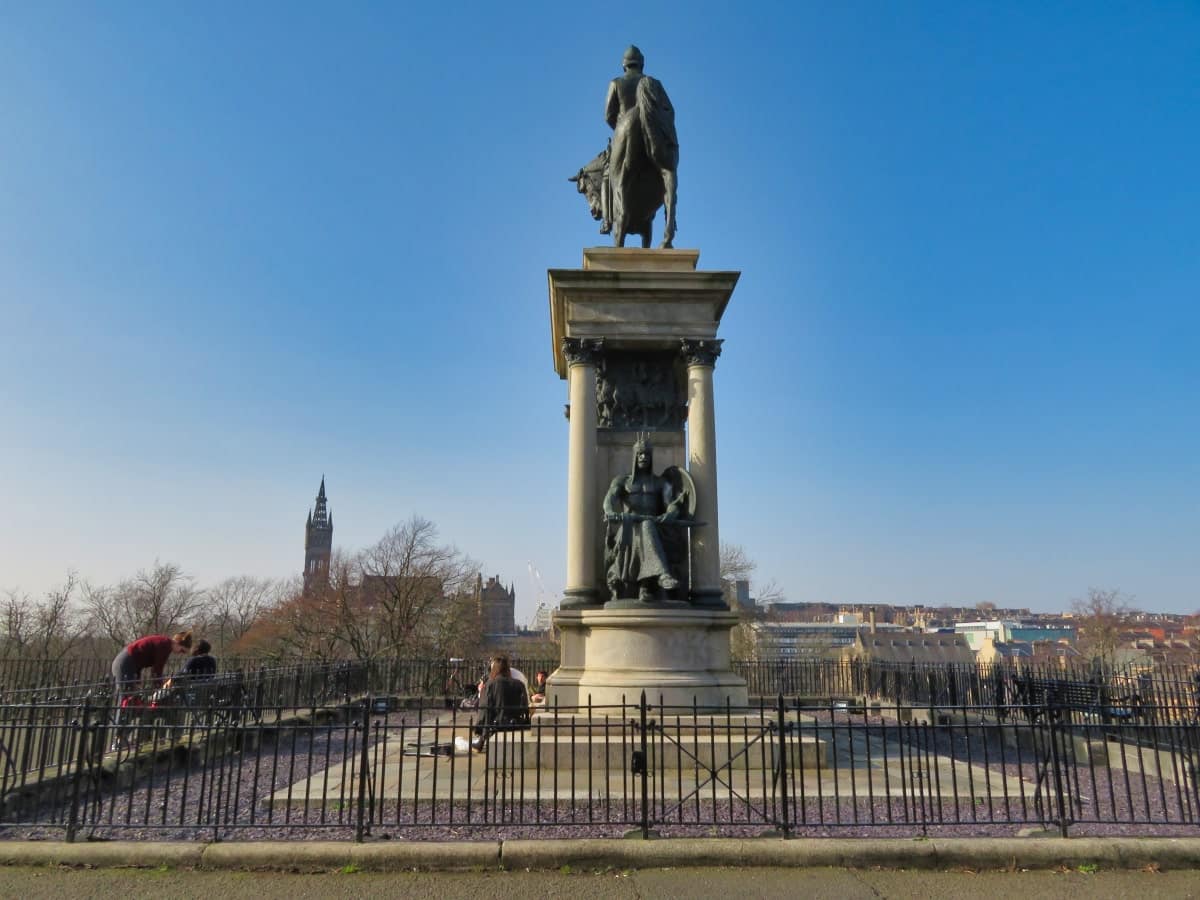
Things to Do Nearby
Kelvingrove Art Gallery and Museum. Argyle St., Glasgow, G3 8AG. 10-minute walk.
Kelvingrove, one of Scotland’s most-visited museums, offers a diverse range of exhibits from across the globe. The museum is situated near the west end of the 84-acre Kelvingrove Park. Entry is free.
The Hunterian Museum. University of Glasgow, 82 Hillhead St., Glasgow G12 8QQ, 12-minute walk.
A free-to-enter museum located inside the University of Glasgow. The museum displays artefacts from many areas of study, including zoology, medicine, and history.
The Riverside Museum of Transport. 100 Pointhouse Rd., Govan, Glasgow, G3 8RS. 25-minute walk.
A modern museum that explores the history of transport with interactive displays and one of the largest collections of rare cars, trains, and motorbikes in Scotland. Entry is free.
The Tall Ship. 150 Pointhouse Rd., Stobcross Rd., Govan, Glasgow, G3 8RS. 26-minute walk.
This attraction is located next to the Transport Museum on the bank of the River Clyde. The Tall Ship is a fully restored Victorian sailing ship that allows visitors to explore the historic vessel from bow to stern. There is a café and a gift shop inside. Entry is free.
Glasgow Botanic Gardens. 730 Great Western Rd., Glasgow, G12 0UE. 20-minute walk.
A 27-acre botanic garden in the heart of Glasgow. The gardens are acclaimed for the Victorian cast-iron glasshouse, Kibble Palace. Entry is free.
Frequently Asked Questions
How long does it take to walk around Kelvingrove Park?
It typically takes about an hour to walk around Kelvingrove Park, depending on your pace and whether you stop to see any of the attractions within the park.
Who designed Kelvingrove Park?
Sir Joseph Paxton, architect Charles Wilson, and surveyor Thomas Kyle created Kelvingrove Park in 1852, which was formerly known as the West End Park.
How many acres is Kelvingrove Park?
The Victorian Kelvingrove Park in Glasgow is 34 hectares, or 85 acres, in total size.
Are there toilets in Kelvingrove Park?
Toilets are located near Kelvin Way, close to the Kelvingrove Bandstand (postcode: Kelvin Way, G12 8LU). Visit the official website for updated information on available facilities.

